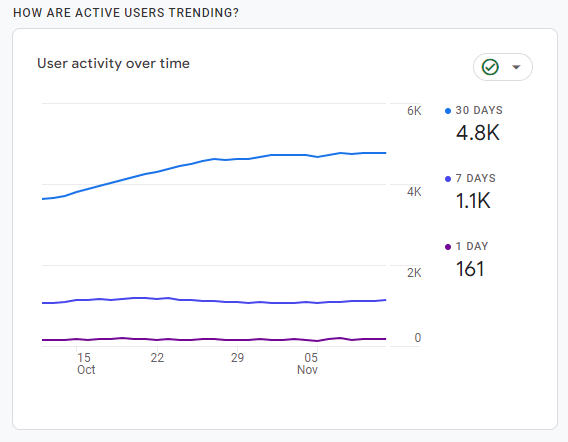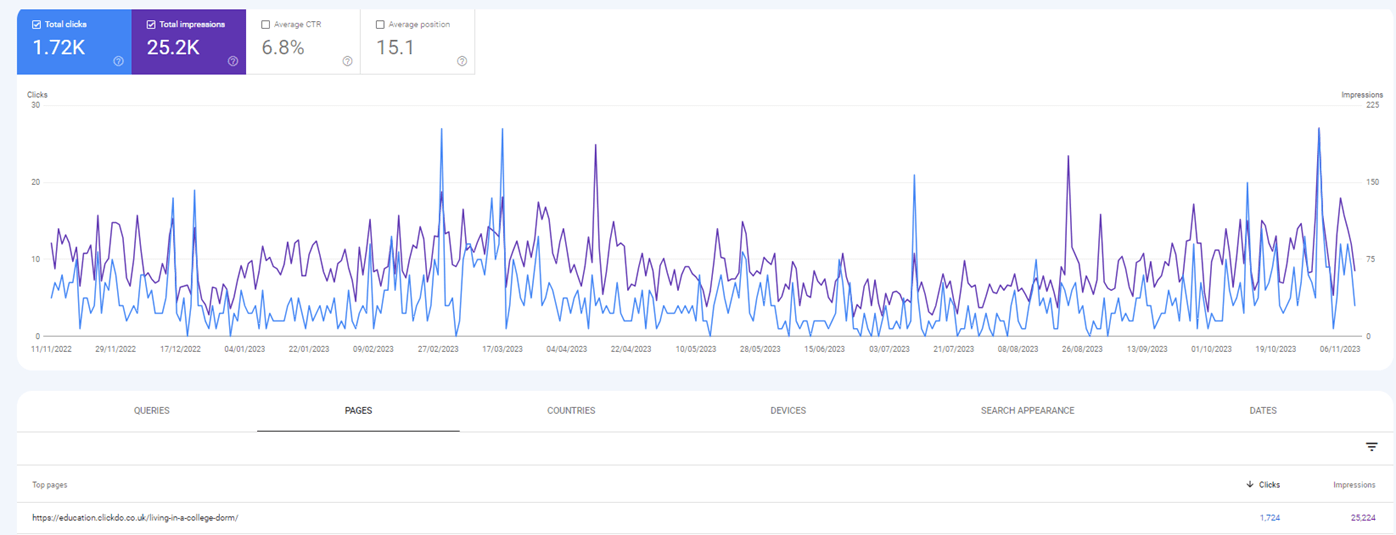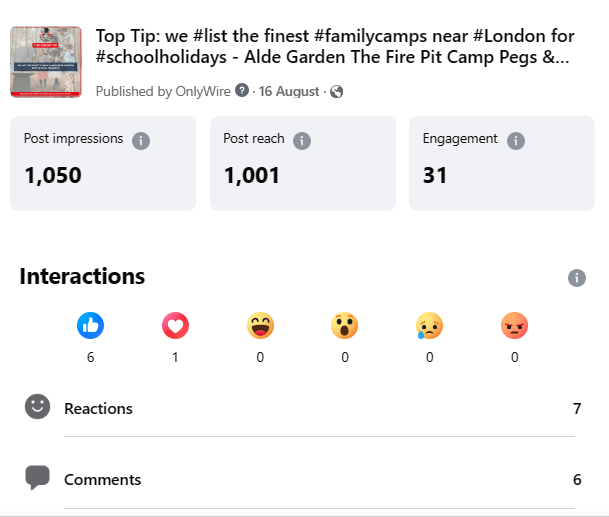Why Learn Italian?
Learning Italian is not just about acquiring a new language; it’s a doorway to a rich culture, exquisite cuisine, and beautiful art.
Whether you’re planning a trip to Italy, connecting with native Italian speakers, or simply expanding your language skills, this guide will help you navigate the exciting journey of learning Italian.
Let’s dive in!
The Beauty of the Italian Language

Italian, known as the language of love, has a melodious quality that captivates learners worldwide. With its rhythmic cadence and smooth phonetics, it’s no wonder why so many people are drawn to it.
The Italian language is not only aesthetically pleasing but also practical, as it’s spoken not only in Italy but also in parts of Switzerland, San Marino, and even among Italian communities worldwide.
Setting Realistic Expectations
Before you begin your Italian language learning adventure, it’s important to set realistic expectations. Becoming fluent in any language takes time and dedication, and Italian is no exception. However, with the right approach and resources, you can make significant progress and enjoy the process along the way.
Starting Your Journey

Find Your Motivation
The first step in your Italian language journey is to identify your motivation. Are you learning for travel, business, romance, or pure enjoyment? Knowing your “why” will help you stay focused and committed.
Choose Your Learning Style
Language learning is a personal journey and your style matters. Some prefer structured courses, while others thrive in immersive environments. Explore different approaches to find what suits you best.
Native Italian Speakers: Your Best Resource
Connecting with native Italian speakers is invaluable. It helps you grasp pronunciation, improve your speaking skills, and gain cultural insights. Seek out language exchange partners or join online communities to find native speakers.
Online Courses: Convenient and Effective
In today’s digital age, online courses have become a go-to resource for language learners. They offer flexibility, interactive lessons, and access to native speakers. Explore language learning platforms like Duolingo, Rosetta Stone, or Babbel to get started.
Italian Lessons: Structured Learning
If you prefer a more structured approach, consider enrolling in formal Italian lessons. Many language schools and institutions offer courses for learners of all levels, from beginner to advanced.
Building Your Italian Vocabulary
To speak Italian fluently, you’ll need a robust vocabulary. Start with basic vocabulary and gradually expand it. Utilize flashcards, apps, or even handwritten notes to reinforce your word bank.
Practice Speaking Italian
Speaking skills are key to mastering any language. Practice speaking Italian regularly, even if it’s just with yourself or in everyday situations. It will boost your confidence and fluency.
The Learning Process

Embrace the Learning Process
Learning a new or second language can be challenging, but it’s also immensely rewarding. Embrace the journey, and don’t be discouraged by initial difficulties. Keep in mind that every mistake is a step toward progress.
Learn Italian Culture and Grammar
Understanding Italian culture and grammar is crucial for effective communication. Dive into Italian movies, TV shows, and books to immerse yourself in the culture. Additionally, grasp essential grammar rules to structure your sentences correctly.
Expanding Your Italian Vocabulary
Learning Italian is an ongoing process. Continuously add new words to your repertoire, especially those related to your interests or everyday life. This will help you express yourself more fluently.
Fun Ways to Learn Italian
Learning a language should be enjoyable. Explore fun activities like watching YouTube videos in Italian, reading Italian texts, or playing language games. These engaging methods make learning memorable.
Learning from Others
Interacting with fellow learners can be motivating and insightful. Join language exchange groups or connect with other students who are on the same journey. Sharing experiences and tips can be invaluable.
Utilize Technology
Take advantage of technology with language learning apps and resources. There are Android apps, Italian audiobooks, and online courses catered to various learning styles.
Learning Italian Efficiently

Learn Italian Fast and Effectively
If you’re eager to accelerate your learning, consider immersive methods like traveling to Italy, participating in language immersion programs, or hiring a tutor for personalized guidance.
Consistency is Key
Consistency is the secret to language mastery. Dedicate time each day to practice, whether it’s reviewing vocabulary, speaking, or listening. Even short sessions during your lunch break can make a big difference.
Learn Italian at Your Own Pace
Remember, everyone learns at their own pace. Don’t compare yourself to others. Focus on your progress and celebrate your achievements along the way.
Advanced Strategies for Mastering Italian
Building on Your Foundation
Now that you’ve embarked on your Italian language journey and established a strong foundation, it’s time to delve deeper into advanced strategies and techniques that will help you achieve fluency and confidence in speaking Italian.
Mastering Italian Grammar and Syntax

Grammar Rules: The Backbone of Communication
Italian grammar can be intricate, but mastering it is essential for clear communication. Invest time in understanding verb conjugations, noun-adjective agreements, and sentence structure. There are plenty of resources available, both online and in textbooks, to help you with this aspect.
Unfamiliar Words and Expressions
As you advance, you’ll come across unfamiliar words and expressions. Don’t shy away from them; embrace them as opportunities to expand your vocabulary. Use context clues and reference materials to decipher their meanings.
Italian Verbs: The Heart of Conversation
Verbs are the essence of language, and Italian is no exception. Learn the most common Italian verbs and their conjugations. Practicing verbs in context through dialogues and real-life situations will solidify your command over them.
Expressing Yourself Fluently

Crafting Your Own Sentences
While textbooks and structured lessons are essential, challenge yourself to create your sentences. This allows you to apply what you’ve learned and gain confidence in constructing sentences independently.
Using Synonyms and Expressions
To add depth to your conversations, expand your repertoire of synonyms and expressions. This not only makes your speech more colourful but also helps you convey nuances and emotions effectively.
Immersing Yourself in Italian Culture

Italian Movies and TV Shows
Watching Italian movies and TV shows is an enjoyable way to immerse yourself in the language and culture. Start with subtitles if needed and gradually switch to watching without them to enhance your listening skills.
Italian Literature and Newspapers
Reading Italian books, newspapers, and magazines exposes you to diverse vocabulary and writing styles. Start with children’s books or simplified news articles and work your way up to more complex materials.
Engage with Native Speakers
Maintain connections with native Italian speakers and try to engage in more meaningful conversations. Discuss topics of interest, share experiences, and ask for their feedback to improve your language skills.
Consolidating Your Skills

Practice, Practice, Practice
Consistent practice is crucial, even as you progress. Make language learning a part of your daily routine. Set aside time for listening, speaking, reading, and writing in Italian.
Incorporate Italian into Everyday Situations
Use Italian in your everyday life, even when not actively studying. Label items around your home in Italian, think in Italian during your daily activities and engage in conversations with Italian-speaking friends or language partners.
Celebrate Your Achievements
Take moments to celebrate your achievements and milestones. Learning a language is a significant accomplishment, and recognizing your progress keeps you motivated.
With these advanced strategies, you’ll be well on your way to mastering Italian. Remember that language learning is a continuous process, and there’s always room for improvement.
Tips and Resources for Learning Italian
Fine-Tuning Your Italian Language Skills
As you progress in your Italian language journey, fine-tuning your skills becomes essential. In this section, we’ll explore some advanced tips and additional resources to help you reach fluency.
Diverse Learning Resources
Language Exchange
Language exchange is a powerful tool for learning Italian. Find a language partner who is a native Italian speaker and exchange your knowledge. You can practice speaking, improve pronunciation, and gain insights into Italian culture.
Italian Lessons Online
Online Italian lessons offer flexibility and accessibility. They enable you to learn from experienced instructors and interact with fellow learners from around the world. Consider enrolling in structured online courses to enhance your language skills.
Italian Audiobooks and Podcasts
Listening to Italian audiobooks and podcasts exposes you to authentic spoken language and various accents. This is especially valuable for improving your listening comprehension skills.
YouTube Videos
YouTube offers a plethora of Italian language tutorials, lessons, and cultural content. Find channels that align with your interests and learning style. You can also subscribe to channels hosted by native Italian speakers for an immersive experience.
Expanding Your Vocabulary

Targeted Vocabulary
Identify areas where you’d like to expand your vocabulary. Whether it’s related to your profession, hobbies, or everyday life, targeting specific vocabulary helps you communicate more effectively in your areas of interest.
Italian Texts
Reading Italian texts, both classic literature and contemporary materials, enhance your vocabulary and comprehension. Start with simpler texts and gradually progress to more complex literature.
Real-World Application

Travel to Italy
Traveling to Italy provides an unparalleled opportunity to immerse yourself in the language and culture. Engage with locals, explore historic sites, and savour authentic Italian cuisine while practicing your language skills.
Join Italian Social Groups
Participate in Italian social groups or clubs in your area or online. Engaging in group activities allows you to practice Italian in a friendly, supportive environment.
Harnessing Memory and Technology
Long-Term Memory
Optimize your learning by employing memory techniques like spaced repetition. Apps like Anki can help you remember vocabulary and grammar rules effectively over the long term.
Digital Tools
Leverage language-learning apps like Memrise, iTalki, and Tandem to access a variety of resources, connect with native speakers, and track your progress.
Setting Goals and Tracking Progress
Navigating Your Path to Fluency
In this section, we’ll explore the importance of setting goals, tracking your progress, and staying motivated throughout your Italian language learning journey.
Setting Clear Language Learning Goals
Define Your Objectives
Setting clear language learning goals is crucial for staying on track. Ask yourself what you want to achieve with your Italian language skills. Is it fluency for travel, work, or personal satisfaction? Defining your objectives provides direction.
Short-Term and Long-Term Goals
Break down your language learning journey into short-term and long-term goals. Short-term goals could be daily or weekly targets, such as learning a certain number of new words. Long-term goals could include achieving conversational fluency or passing a proficiency exam.
Tracking Your Progress

Use Language Learning Apps
Many language learning apps offer progress-tracking features. They provide insights into your vocabulary growth, speaking proficiency, and areas that need improvement. Regularly review your progress to identify strengths and weaknesses.
Language Learning Journals
Maintain a language learning journal to record new vocabulary, phrases, and grammar rules you encounter. This personalized resource helps you track your growth and serves as a reference for review.
Staying Motivated

Reward Yourself
Celebrate your achievements, no matter how small. Treat yourself when you reach a milestone or accomplish a goal. Rewards can keep you motivated and excited about learning.
Join Language Challenges
Participate in language challenges and competitions. These events can inject excitement into your learning journey and provide opportunities for friendly competition with other learners.
Language Learning Communities
Join online language learning communities or forums. These spaces allow you to share experiences, ask questions, and find motivation through the support of fellow learners.
Remember, your Italian language journey is a marathon, not a sprint. Stay dedicated, stay curious, and stay engaged. Language learning is a lifelong adventure that enriches your life in many ways.
The Beauty of the Italian Language and Culture
Embracing the Italian Way of Life
In this section, we’ll dive deeper into the captivating world of Italian language and culture, shedding light on how these two facets are intricately intertwined.
Language as a Cultural Key
The Musicality of Italian
Italian is often described as a melodious language, with its musical rhythms and lyrical sound. Embrace the musicality by listening to Italian music, singing along, and learning the lyrics. It’s a delightful way to improve pronunciation and immerse yourself in the culture.
Italian Words and Expressions
The Richness of Italian Vocabulary
Italian vocabulary is a treasure trove of beautiful and expressive words. Delve into the language’s lexicon to discover words like “dolcezza” (sweetness) or “farfalla” (butterfly) that evoke vivid imagery and emotions.
Idiomatic Expressions
Explore Italian idiomatic expressions, known as “modi di dire,” which add depth and color to conversations. Phrases like “prendere il toro per le corna” (take the bull by the horns) offer unique insights into the Italian way of thinking.
Your Italian Journey Awaits

Celebrating Your Progress
Congratulations on embarking on your journey to learn Italian! The beauty of this language lies not only in its melodious sound but also in its rich culture, history, and vibrant expressions. As you’ve discovered, Italian is more than just words; it’s a gateway to the soul of a nation.
The Road Ahead
As you continue your language-learning adventure, consider delving into Italian accents and regional dialects. Each region of Italy has its own unique linguistic nuances and expressions, adding depth to your understanding of the language.
With your growing Italian proficiency, traveling in Italy becomes even more enchanting. Engage in conversations with locals, order authentic dishes with confidence, and navigate the charming streets of Italy like a seasoned traveler.
Remember, language learning is a journey that never truly ends. Continue to expand your vocabulary, explore new topics, and engage with Italian speakers to keep your skills sharp and your passion for Italian culture alive.
Frequently Asked Questions (FAQs)
How Difficult Is It to Learn Italian?
The difficulty of learning Italian varies from person to person. However, many learners find Italian relatively accessible, particularly if they have previous experience with Romance languages or similar language structures.
How Can I Learn Italian by Myself?
Learning Italian independently is achievable with dedication and the right resources. Online courses, language apps, immersion experiences, and consistent practice with native speakers are key to successful self-study.
How Many Years Does It Take to Learn Italian Fluently?
The time required to achieve fluency in Italian varies, but on average, it may take several years of consistent practice and immersion. Aiming for a conversational level can be achieved in 6-12 months with dedicated effort.
What Is Harder: Italian or Spanish?
The difficulty of learning Italian versus Spanish largely depends on your personal background and language preferences. Both languages share similarities due to their Latin origins, but some learners may find one more challenging than the other based on pronunciation and grammar intricacies.
Continue to explore, engage with the language, and enjoy the journey as you progress towards becoming a proficient Italian speaker. With determination and consistent effort, you’ll unlock the doors to Italy’s rich culture and history through its beautiful language.




 Mary Banks is the Senior Admissions Consultant at Quad Education. She is also the former Director of Admissions at the Columbia School of Nursing and former Director of Admissions for the School of Education, Nursing, and the Arts at NYU.
Mary Banks is the Senior Admissions Consultant at Quad Education. She is also the former Director of Admissions at the Columbia School of Nursing and former Director of Admissions for the School of Education, Nursing, and the Arts at NYU.


























































